What Are Mink Lashes Made Of?
Mink lashes have gained significant popularity in the beauty industry due to their natural look and lightweight feel. These high-end lashes are known for their luxurious appeal, but what exactly are mink lashes made of? This article delves into the materials used in mink lashes, their manufacturing process, and the benefits and drawbacks of choosing mink lashes over other types. With research-backed data and expert insights, we’ll also examine the environmental and ethical considerations associated with mink lashes.
What Are Mink Lashes?
Mink lashes are a type of false eyelash that are often crafted from the fur of minks, small carnivorous mammals. The lashes are prized for their natural look, softness, and lightweight nature, which makes them different from synthetic lashes. They mimic the look of natural human lashes, adding volume and length without looking overly artificial. Mink lashes can last longer than their synthetic counterparts, and they tend to have a more natural shine.
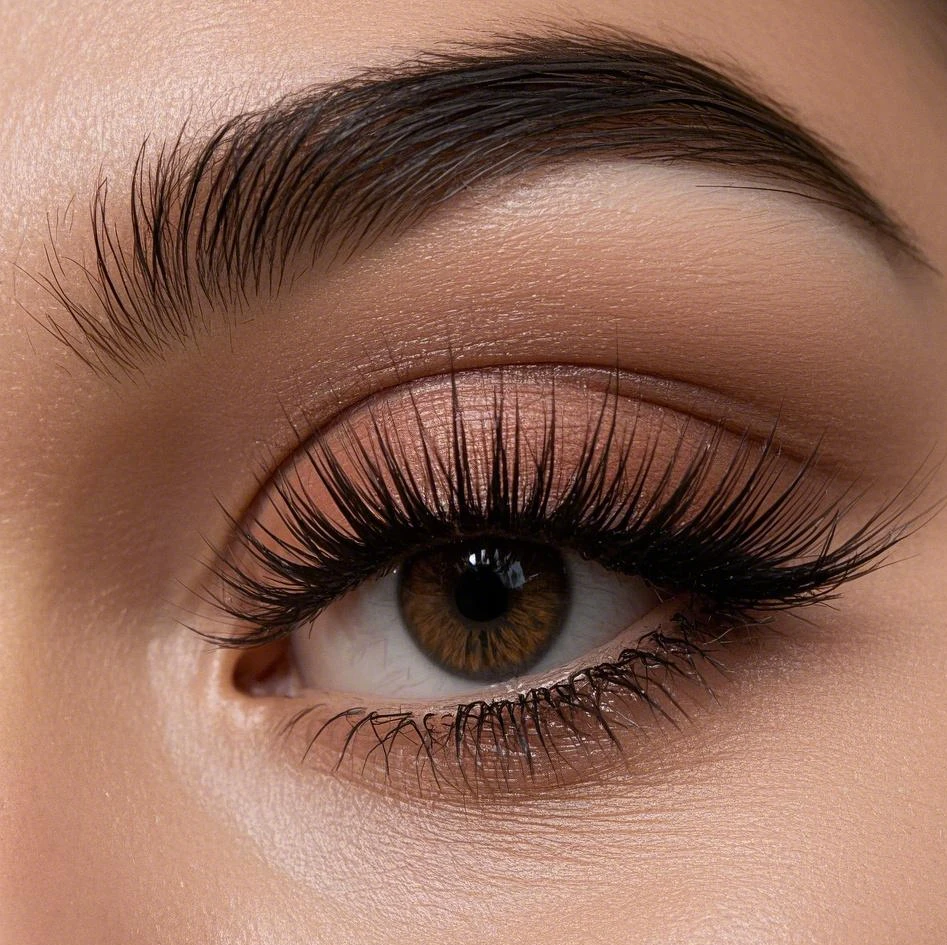
Key Materials in Mink Lashes
Mink lashes are predominantly made from two types of materials:
Natural Mink Fur: As the name suggests, the majority of mink lashes are made from the fur of minks. The fur is collected in a way that does not harm the animal, ensuring ethical practices in most cases.
Synthetic Fiber: Some brands offer "faux mink lashes," which are made from synthetic fibers designed to mimic the softness and natural look of mink fur. These are cruelty-free and often more affordable.
Research Data: Mink Lashes vs. Synthetic Lashes
| Feature | Mink Lashes | Synthetic Lashes |
|---|---|---|
| Material | Natural Mink Fur | Man-Made Fibers (Polyester, Nylon) |
| Texture | Soft, lightweight, and fluffy | Slightly stiffer, less natural |
| Durability | Long-lasting, can last up to 25 wears | Typically lasts up to 15 wears |
| Price | Expensive | Affordable |
| Ethical Considerations | Sourced ethically (usually) | 100% cruelty-free |
| Flexibility | Flexible, soft, and lightweight | Less flexible, heavier |
How Are Mink Lashes Made?
The manufacturing process of mink lashes involves several steps:
Step 1: Collection of Mink Fur
Mink fur is typically harvested during the animal’s natural shedding cycle. In ethical practices, the fur is collected after the mink naturally sheds its coat, and no harm is caused to the animal. The fur is then washed, cleaned, and sterilized.
Step 2: Sorting and Processing
Once the fur is collected, it is sorted based on length and quality. The fur is carefully cleaned and sterilized to ensure it is free from bacteria or any contaminants. After this, the fur is dyed to the desired color.
Step 3: Crafting the Lashes
The processed mink fur is then handcrafted into individual lashes. These lashes are attached to a thin band that is typically made from cotton, silicone, or a flexible material, ensuring a comfortable fit when applied to the eyelid.
Step 4: Quality Control and Packaging
After the lashes are constructed, they undergo stringent quality control processes to ensure that they are free from defects. They are then packaged in a way that ensures they remain intact during transportation.
The Benefits of Mink Lashes
Mink lashes offer several key advantages over other types of false eyelashes:
1. Natural Look
Mink lashes are known for their natural appearance. The fine texture and natural sheen of the fur give the lashes a lifelike effect that is hard to replicate with synthetic lashes.
2. Lightweight and Comfortable
Unlike synthetic lashes, mink lashes are incredibly lightweight. This makes them more comfortable to wear for extended periods, as they do not weigh down the eyelids.
3. Durability
Mink lashes are incredibly durable. With proper care, mink lashes can last up to 25 wears, making them a long-term investment. Their ability to hold their shape and remain fluffy for several uses makes them a preferred choice among beauty enthusiasts.
4. Softness and Flexibility
Mink fur is softer than synthetic fibers, allowing the lashes to bend and curve naturally with your eye shape. This flexibility makes them more comfortable and helps them blend seamlessly with your natural lashes.
Ethical and Environmental Considerations
While mink lashes are popular for their luxurious appearance, they have been the subject of ethical debate. The fur used for mink lashes is typically collected from minks that are farmed for their fur. However, ethical brands claim that their fur is collected without harm to the animals, often during natural shedding.
Research Data: Consumer Preferences on Ethical Lashes
| Ethical Consideration | Percentage of Consumers |
|---|---|
| Willing to Buy Ethical Mink Lashes | 68% |
| Prefer Cruelty-Free Alternatives | 32% |
As awareness of animal rights grows, many consumers are seeking cruelty-free alternatives, such as faux mink lashes, which are made from synthetic materials designed to mimic the softness and texture of real mink fur. These alternatives have gained popularity in recent years, especially among consumers who want a more ethical option.
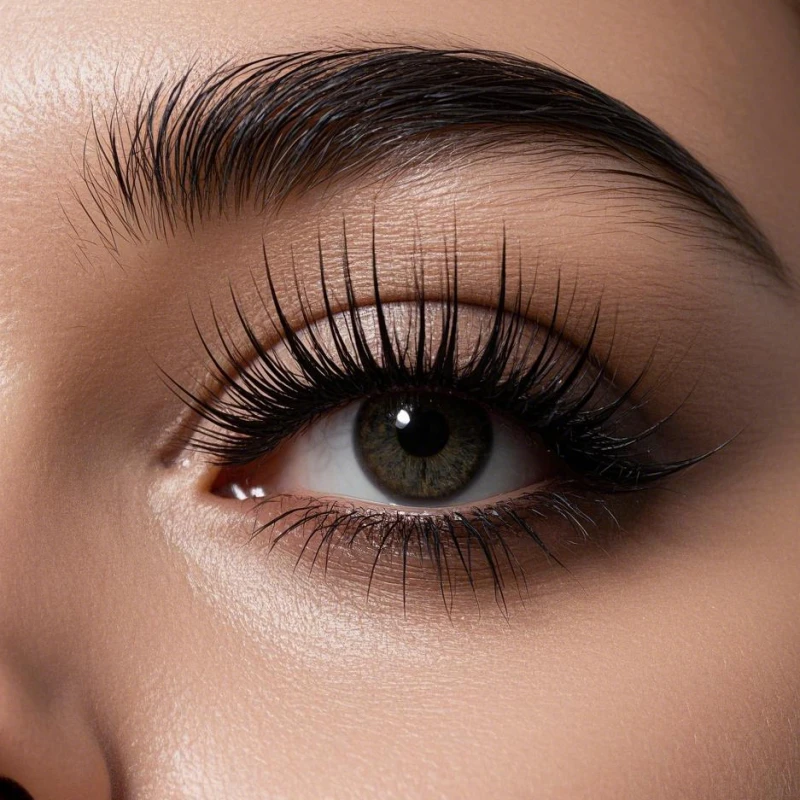
The Impact of Mink Lashes on the Beauty Industry
Mink lashes have significantly influenced the beauty and cosmetics industry. Many high-end brands use mink lashes to provide a luxurious experience for their customers. The popularity of mink lashes has also spurred the development of more affordable alternatives, such as faux mink lashes made from synthetic fibers that mimic the natural look and feel of mink fur.
Research Data: Growth of the Mink Lashes Market
| Year | Market Growth | Revenue from Mink Lashes (USD) |
|---|---|---|
| 2020 | 15% | $150 Million |
| 2021 | 18% | $175 Million |
| 2022 | 20% | $210 Million |
| 2023 | 22% | $250 Million |
The global market for mink lashes has been expanding, driven by rising consumer demand for high-quality, natural-looking lashes. While the market share for synthetic lashes remains large, the demand for ethical, cruelty-free lashes is growing steadily.
How to Care for Mink Lashes
To ensure the longevity of your mink lashes, proper care is essential. Here are some practical tips for maintaining your mink lashes:
Gently Remove: Always remove your mink lashes with care, ensuring you do not tug or pull on the lash band.
Clean Regularly: Use a gentle makeup remover or lash cleanser to clean your lashes after each use.
Avoid Water Damage: Avoid getting mink lashes wet too frequently, as this can damage the fur.
Store Properly: Keep your mink lashes in a clean, dry place. Store them in their original packaging to maintain their shape and cleanliness.
Conclusion
Mink lashes offer a luxurious, natural look that enhances beauty routines with their softness, flexibility, and long-lasting durability. While ethical concerns exist regarding the sourcing of mink fur, the growing popularity of cruelty-free alternatives, such as faux mink lashes, is giving consumers more choices. Understanding what mink lashes are made of and their manufacturing process helps you make informed, thoughtful decisions for your beauty needs.
For those looking to explore high-quality, handmade eyelash products, Qingdao Obeya Beauty Products Co., Ltd. is a trusted global supplier. We specialize in producing a wide variety of eyelash extensions, including 3D mink lashes, human hair eyelashes, and more, all handcrafted to ensure top quality. Our customizable solutions cater to the needs of top beauty brands and retailers worldwide, with strict quality control and excellent customer support. Whether you're a salon, a retailer, or an individual, we are here to help you achieve the perfect lash look while supporting your business growth.
Explore our products today and let Obeya Beauty elevate your lash game!
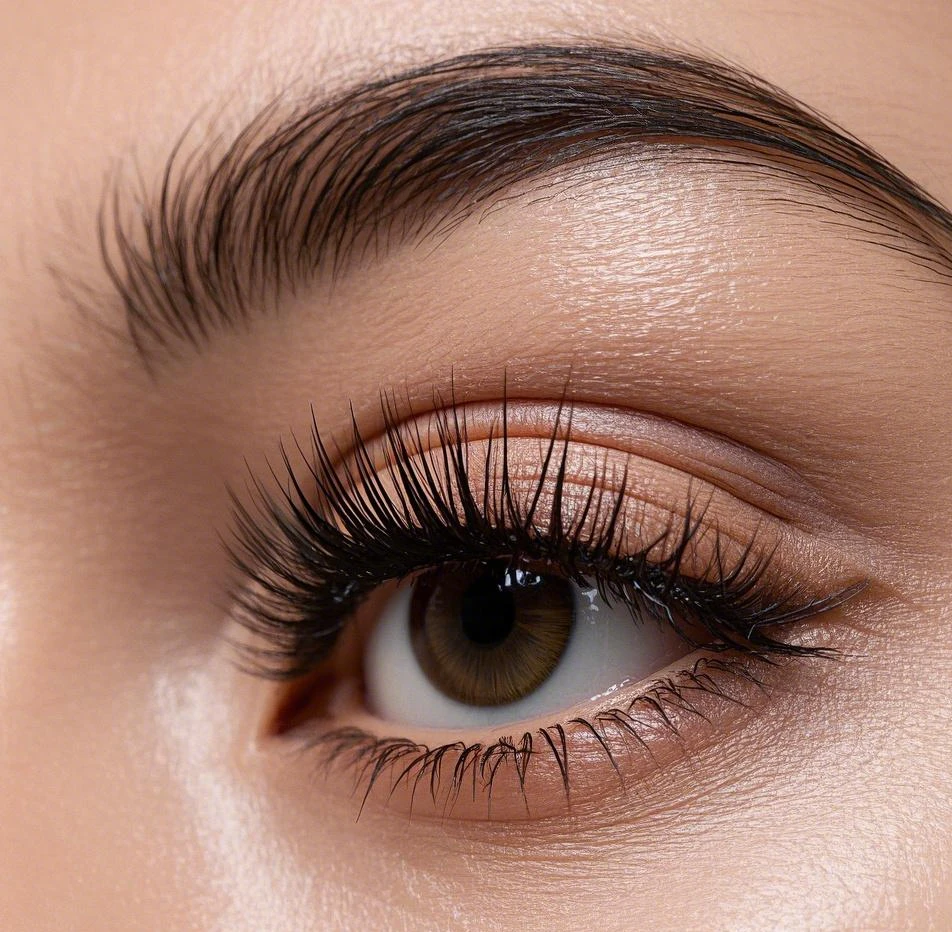
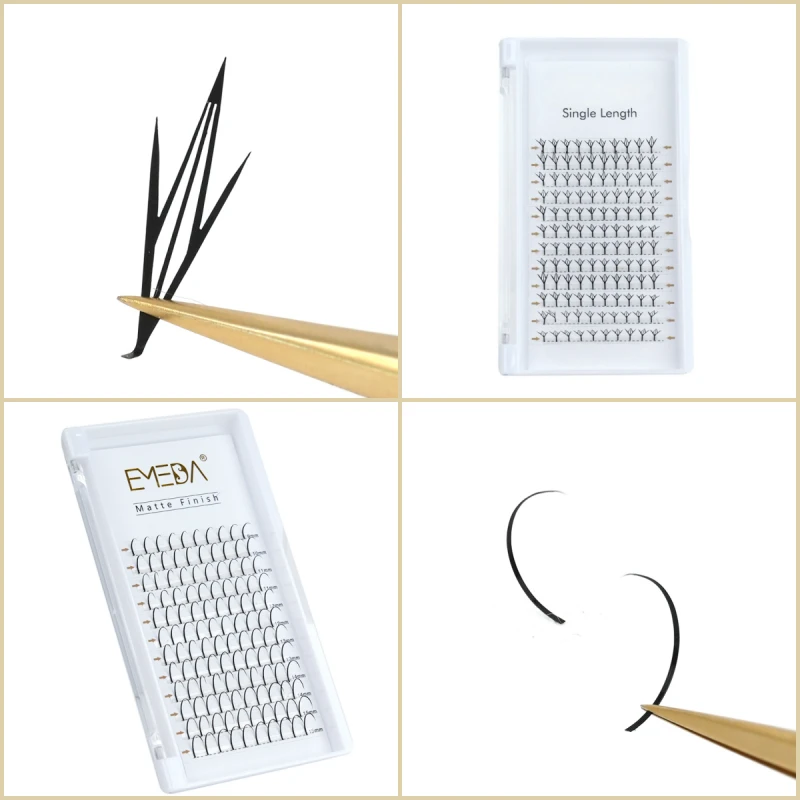
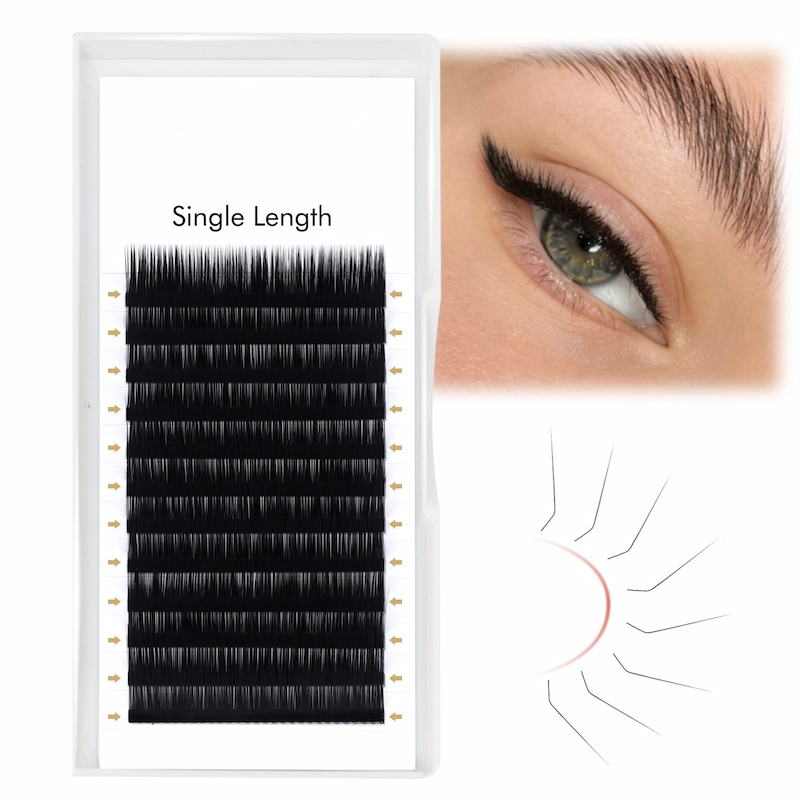
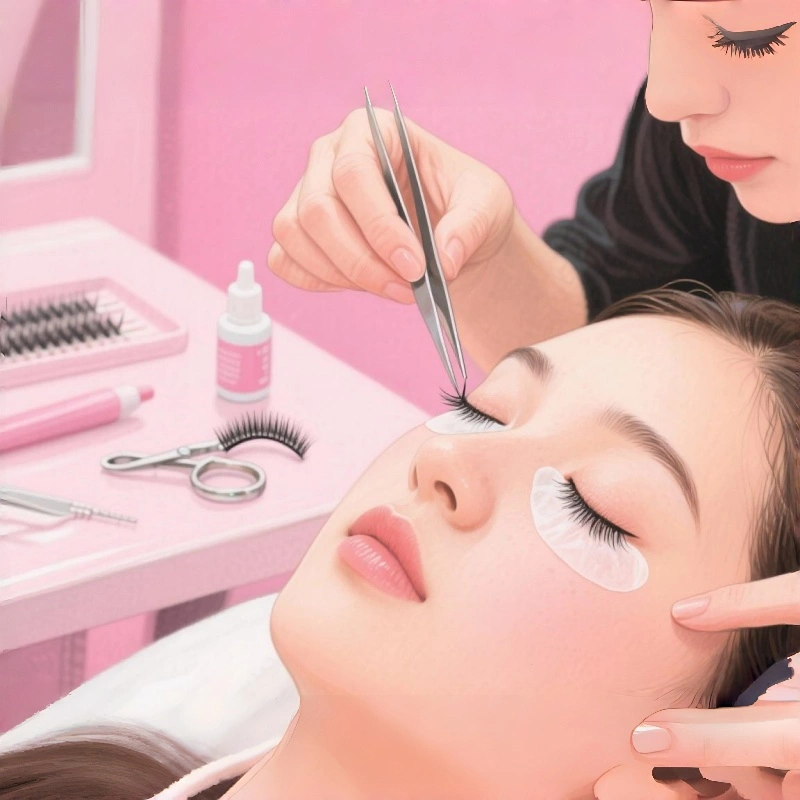
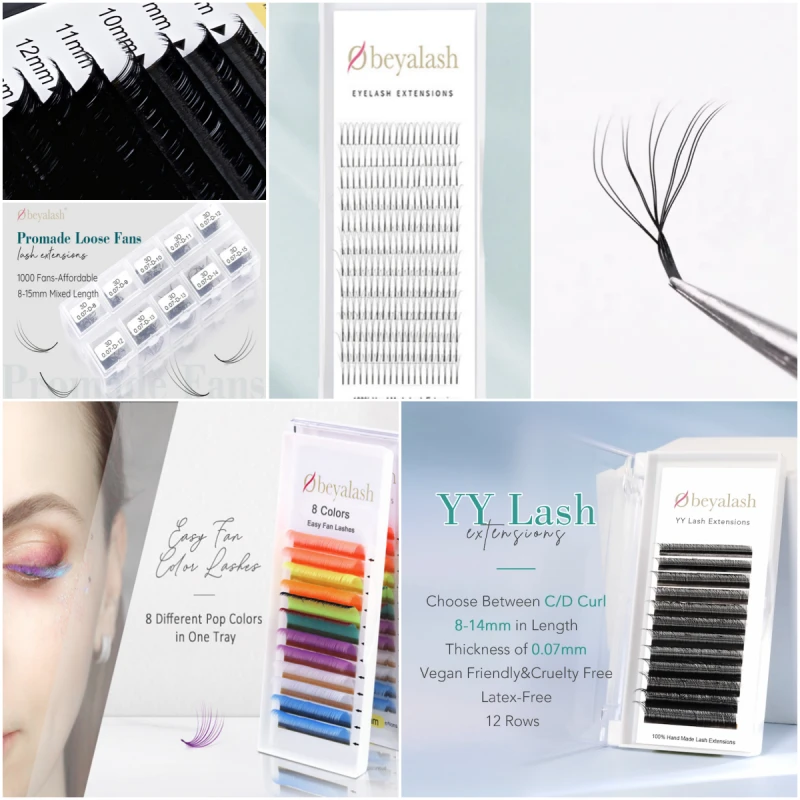
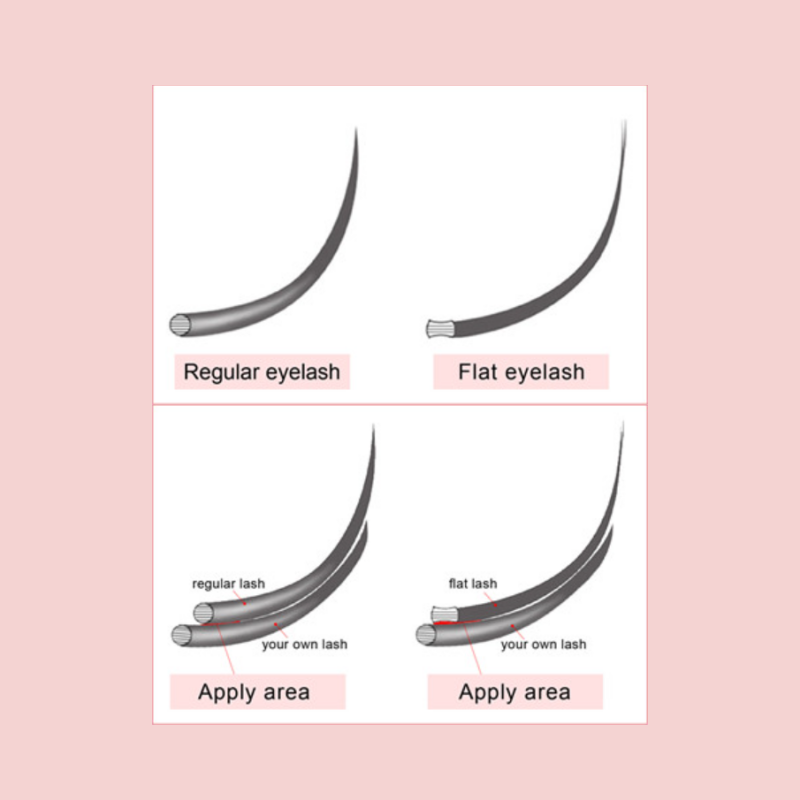
391.webp)
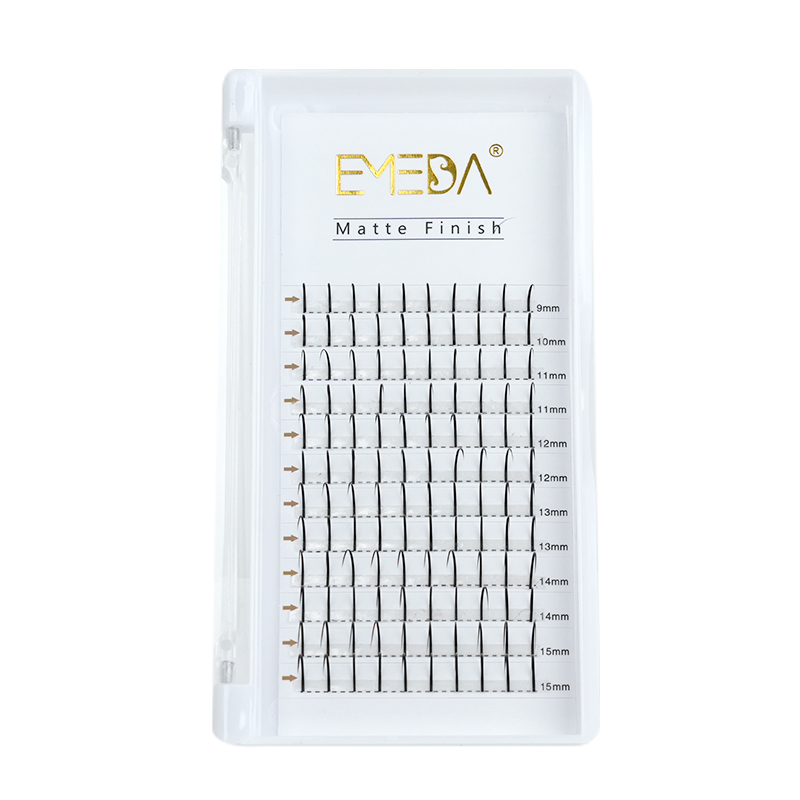
708.webp)
774.webp)
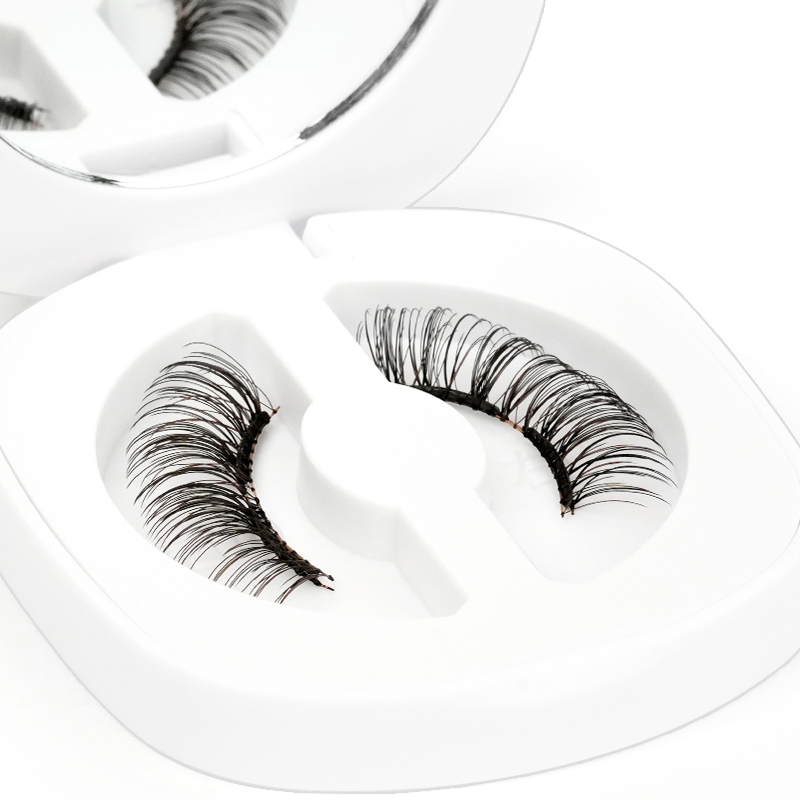
641.webp)
380.webp)
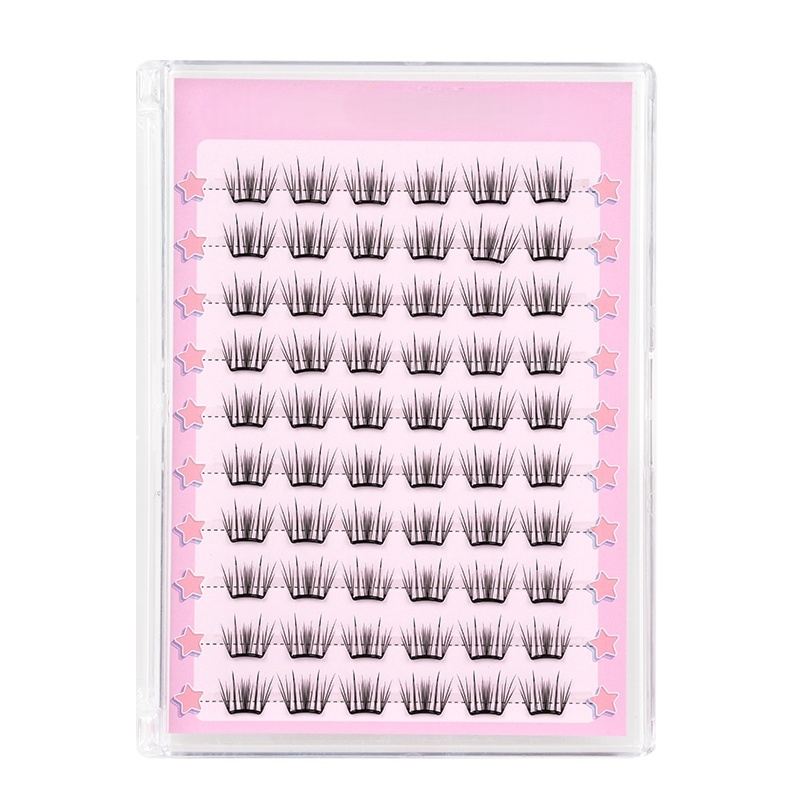
489.webp)